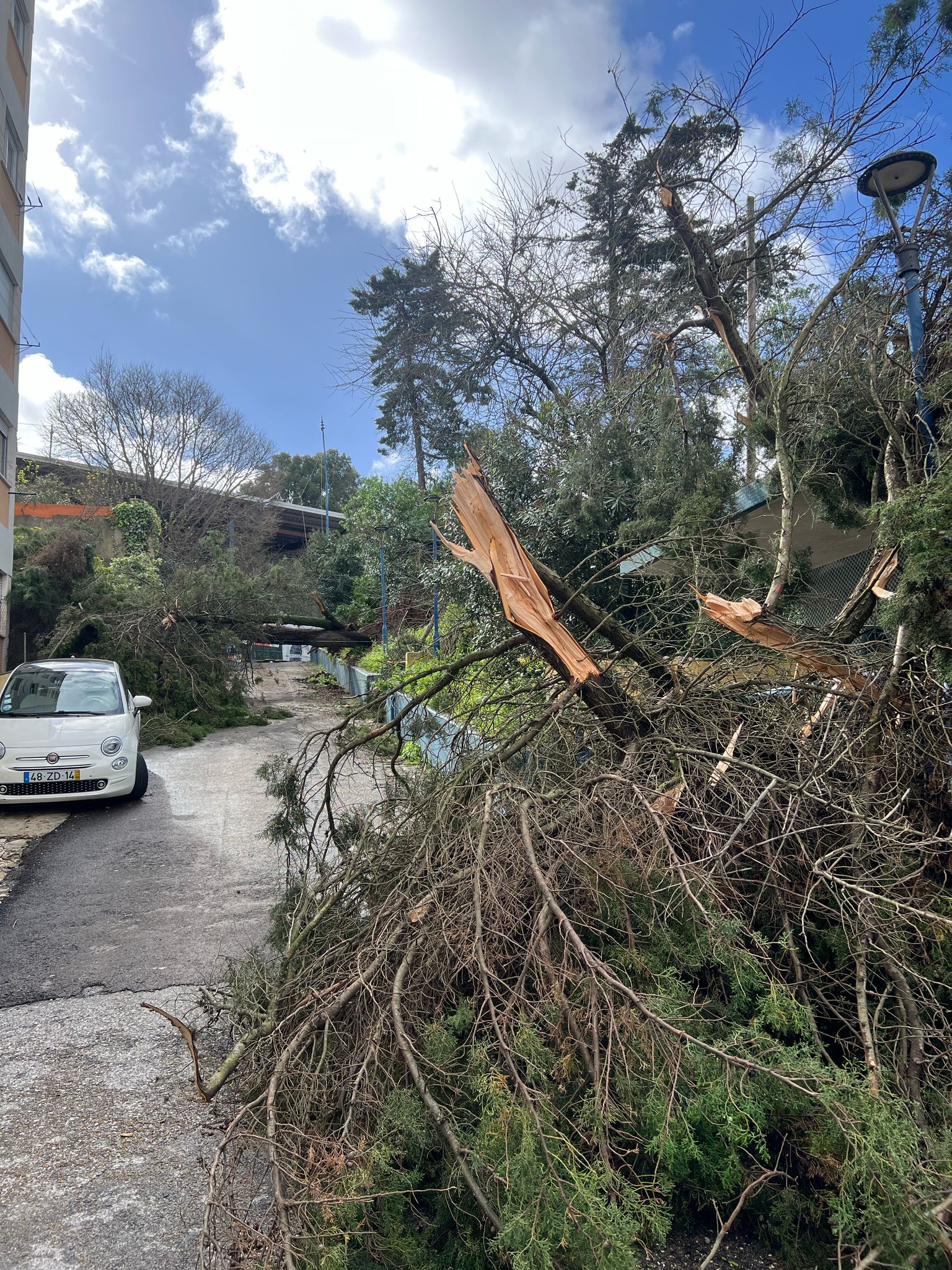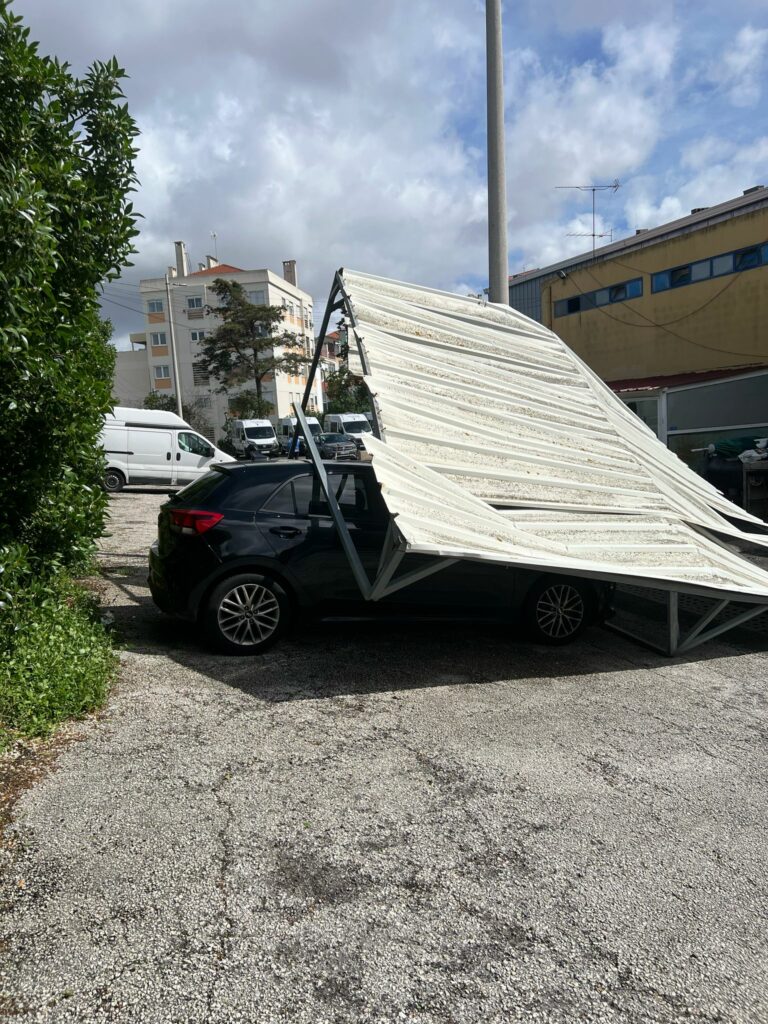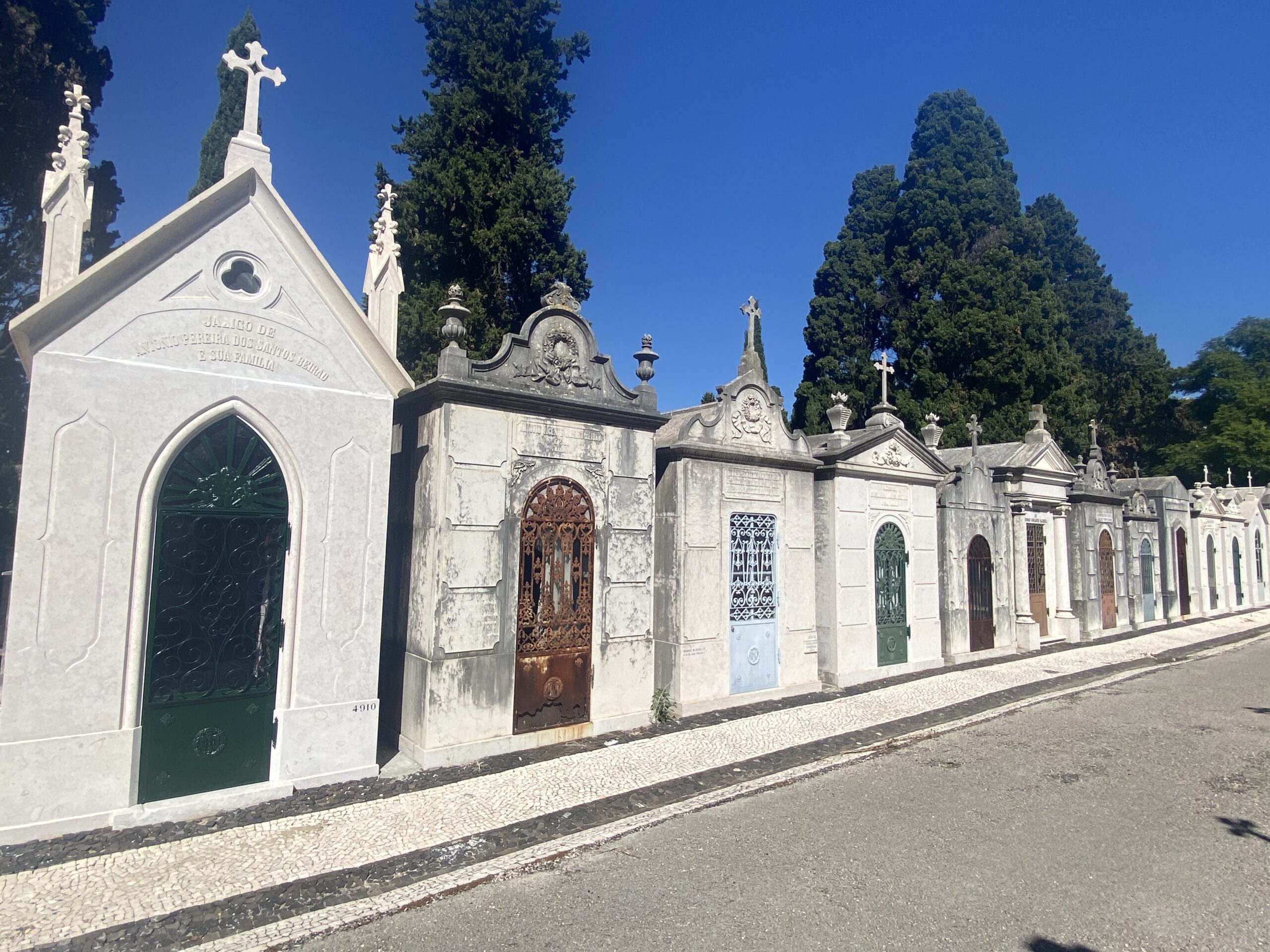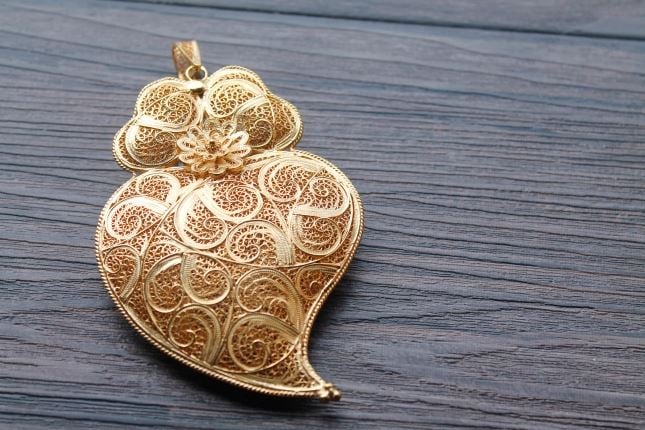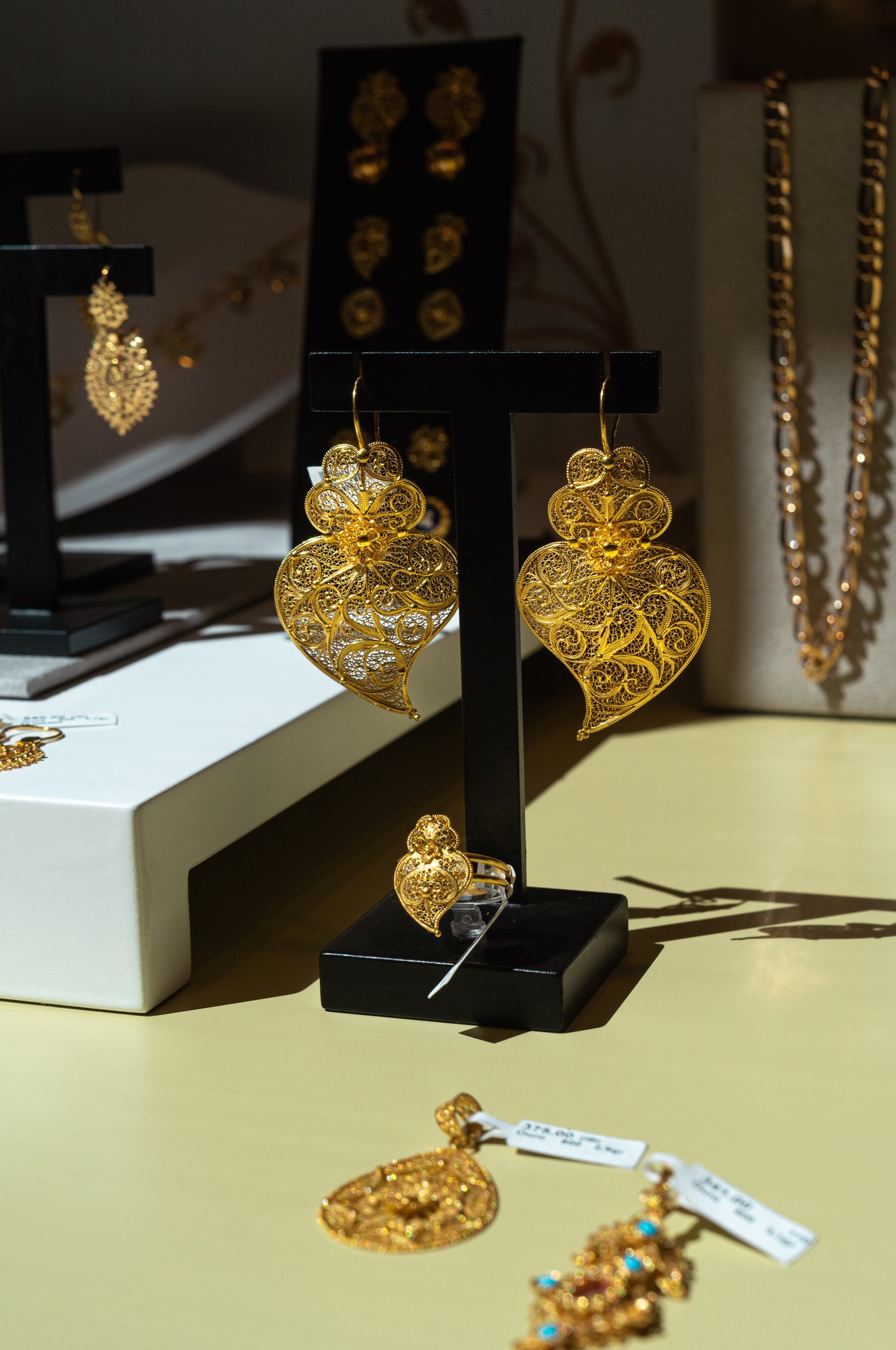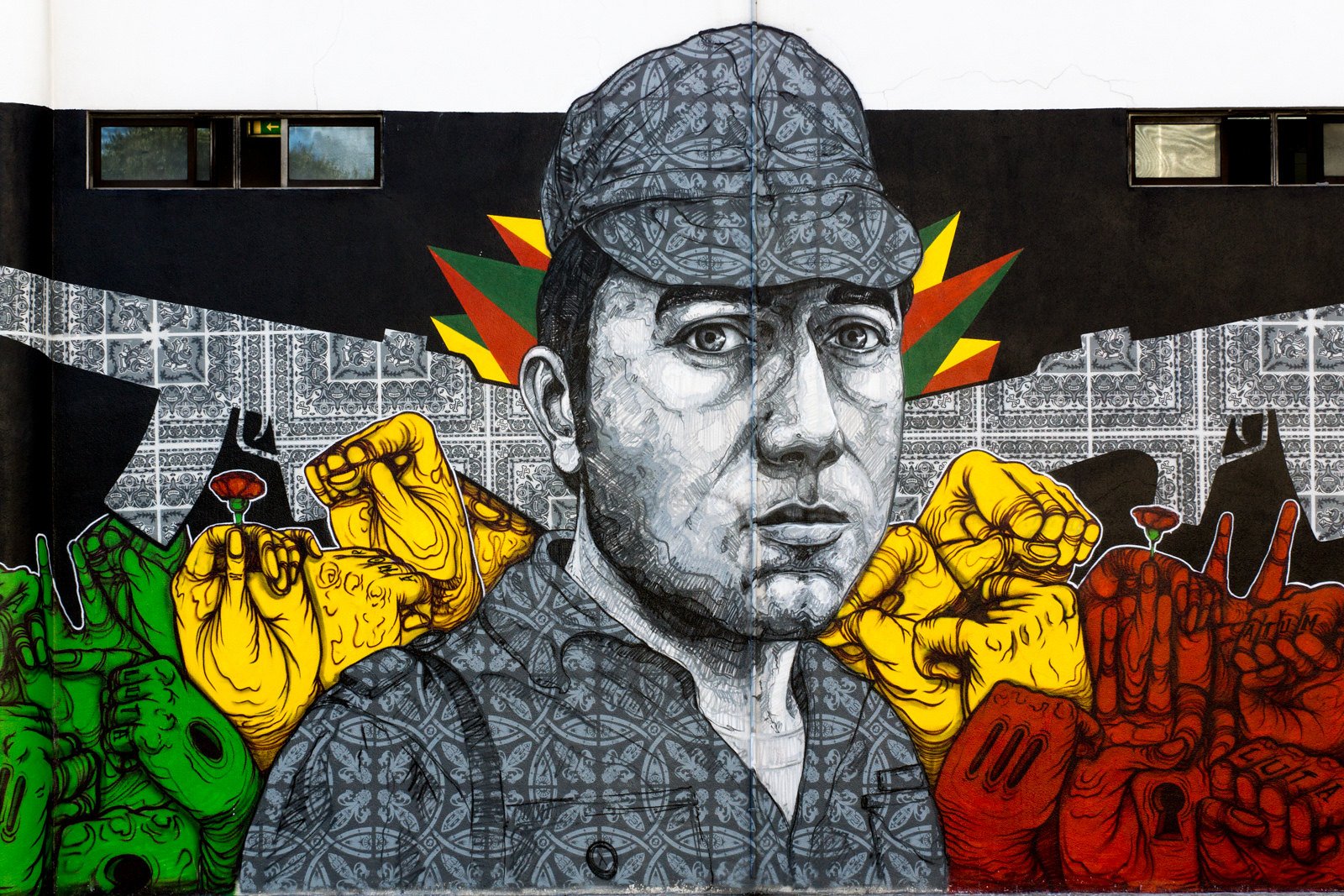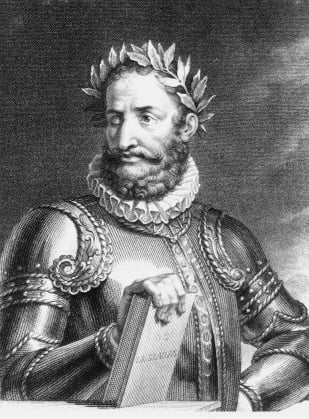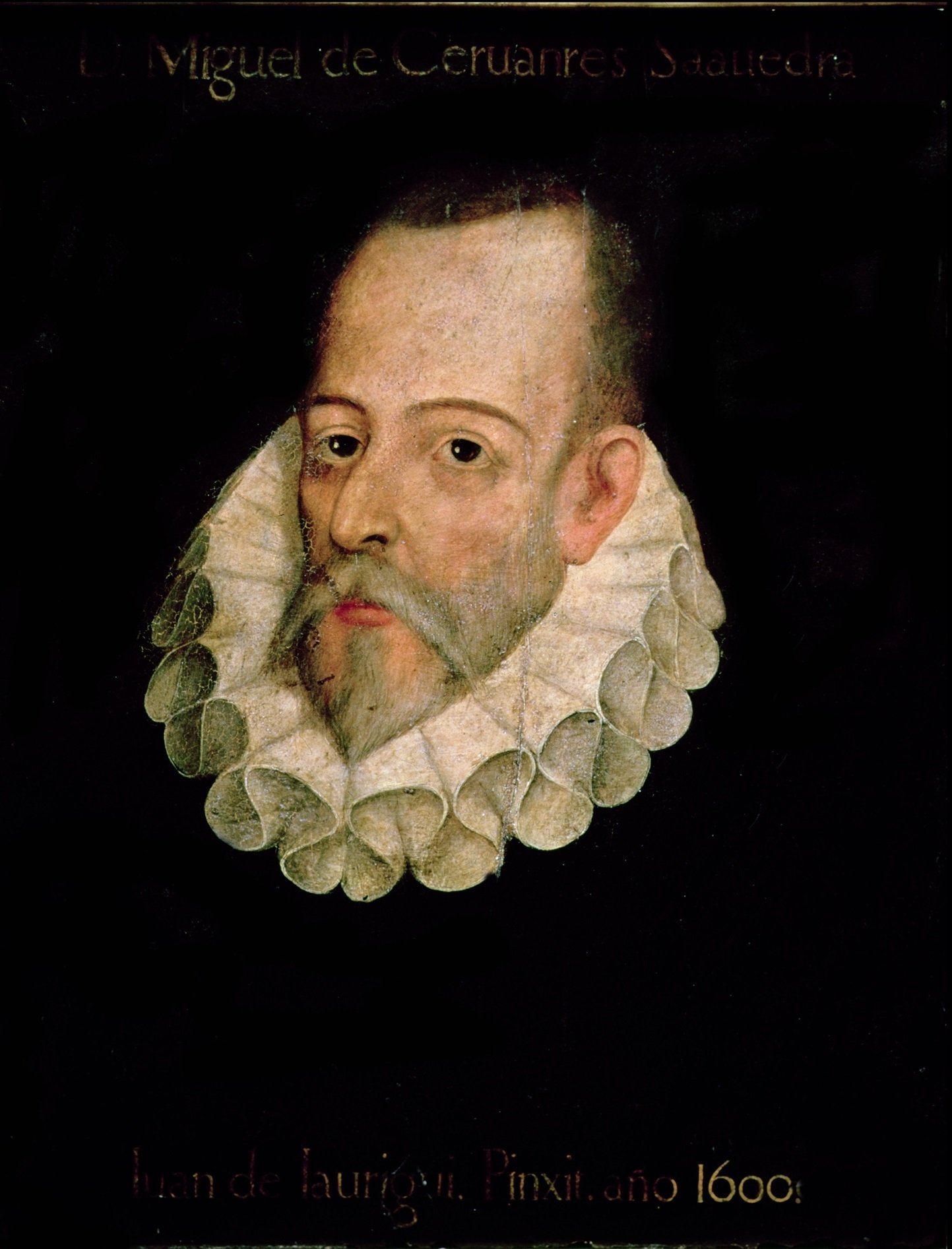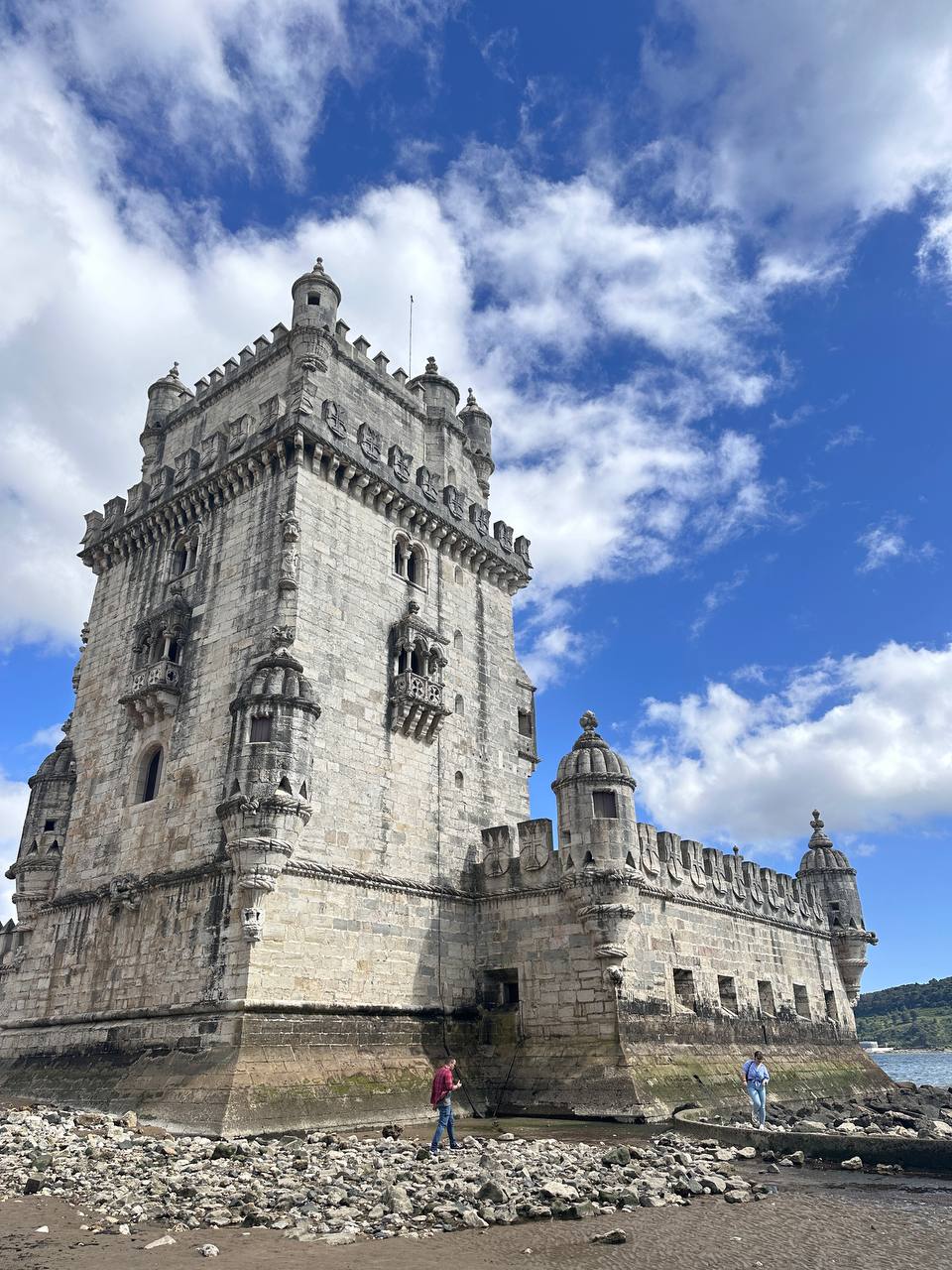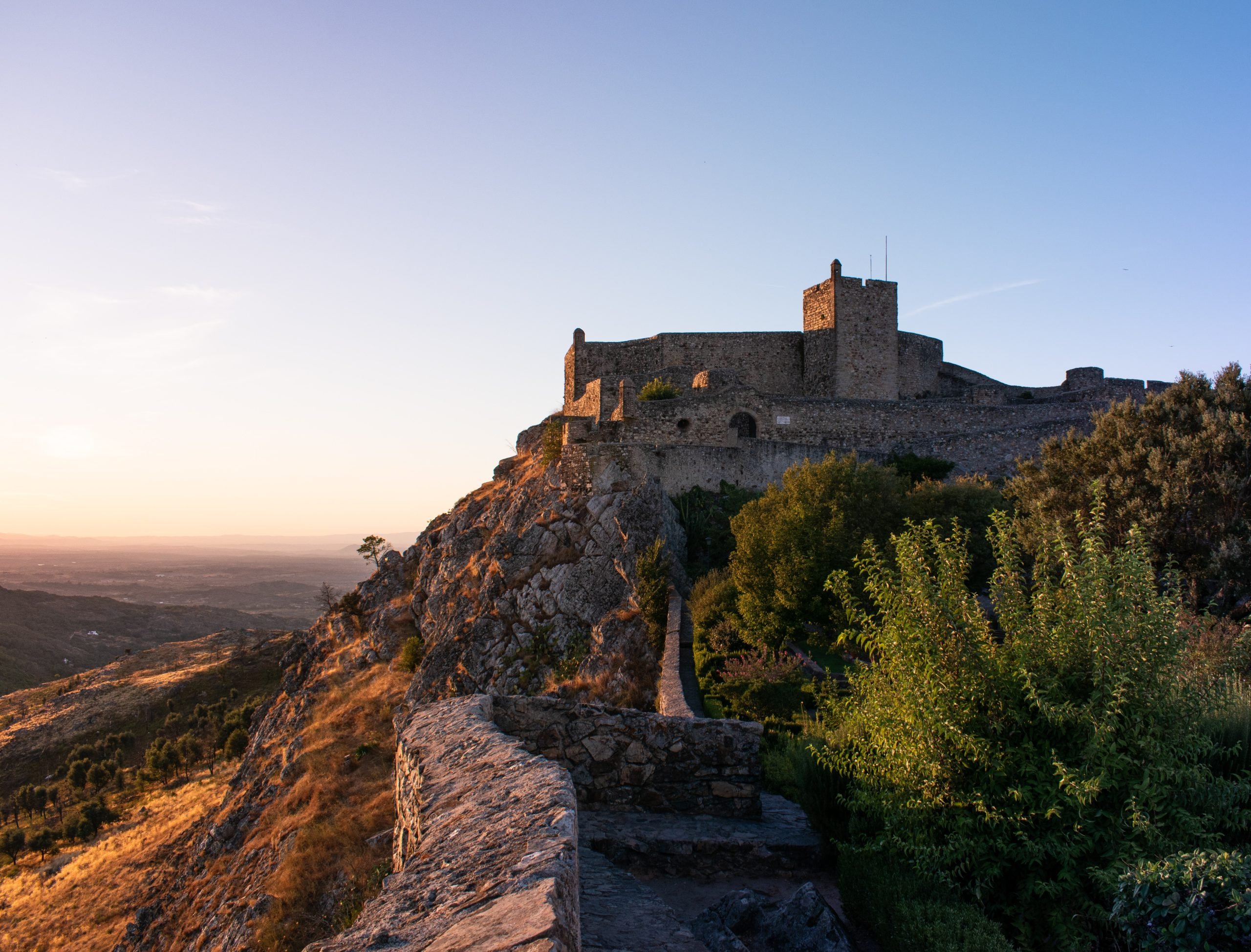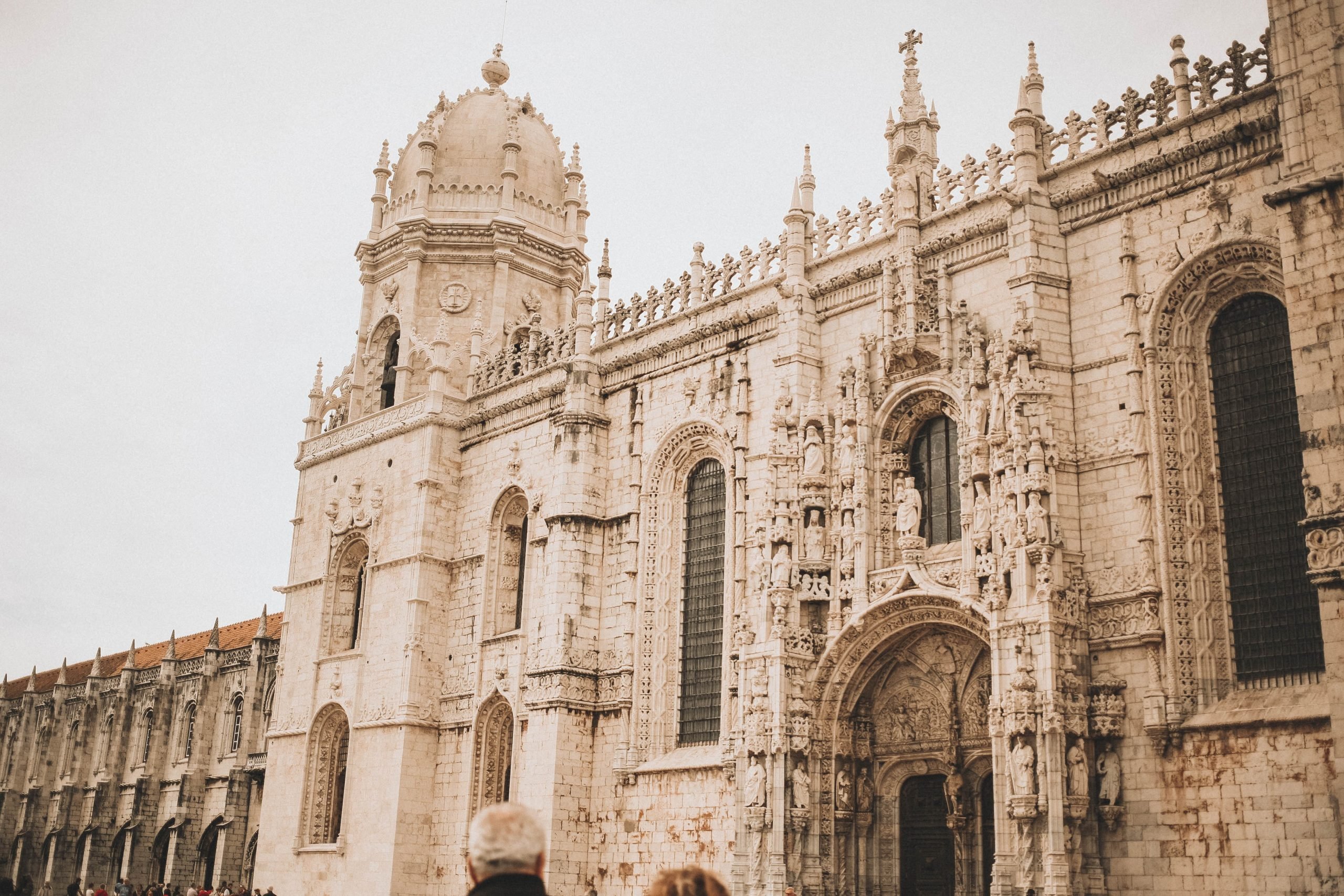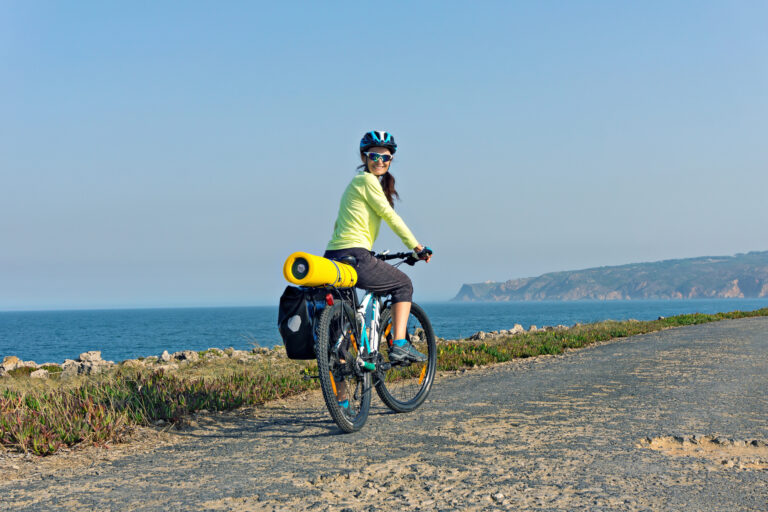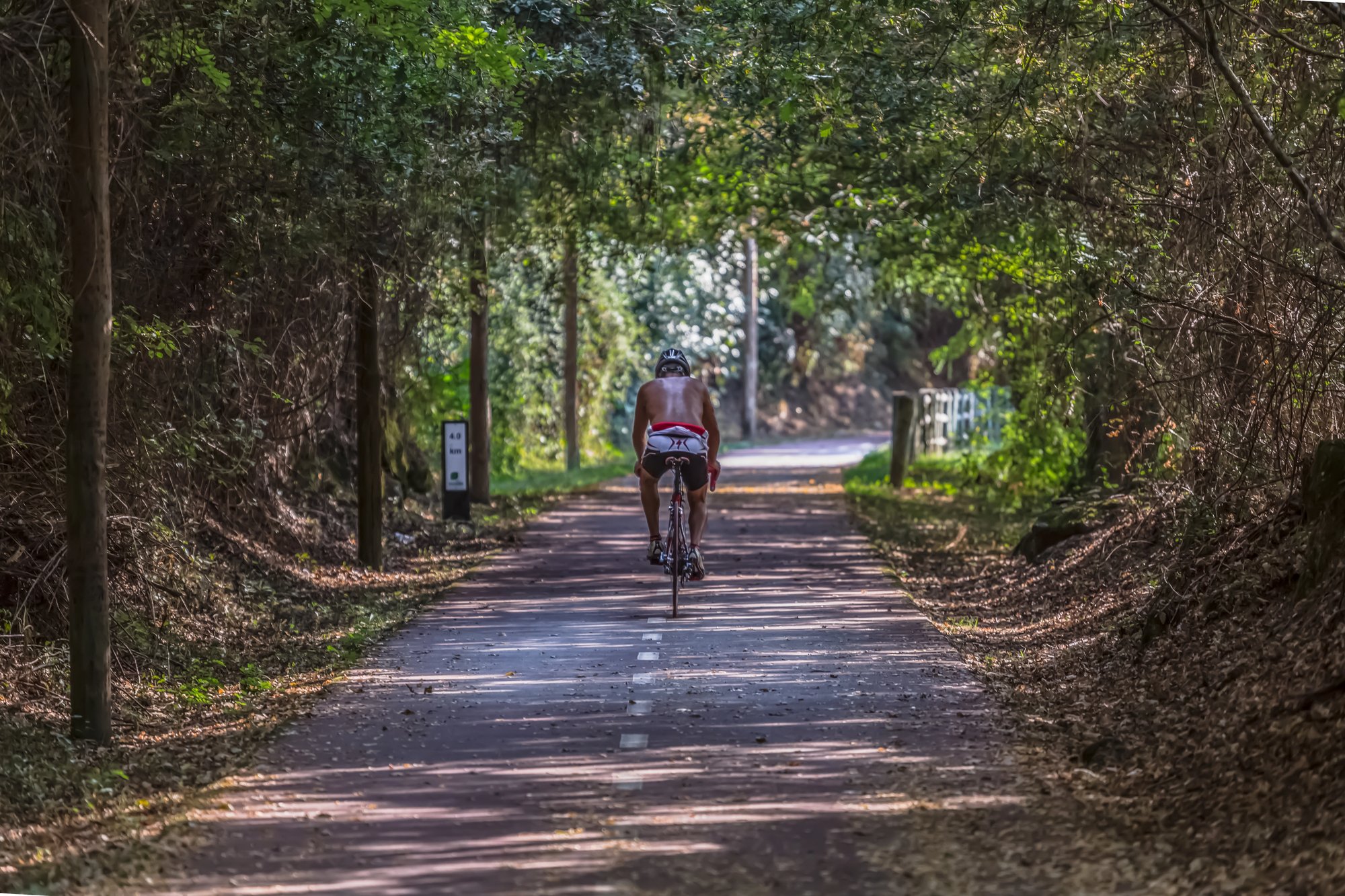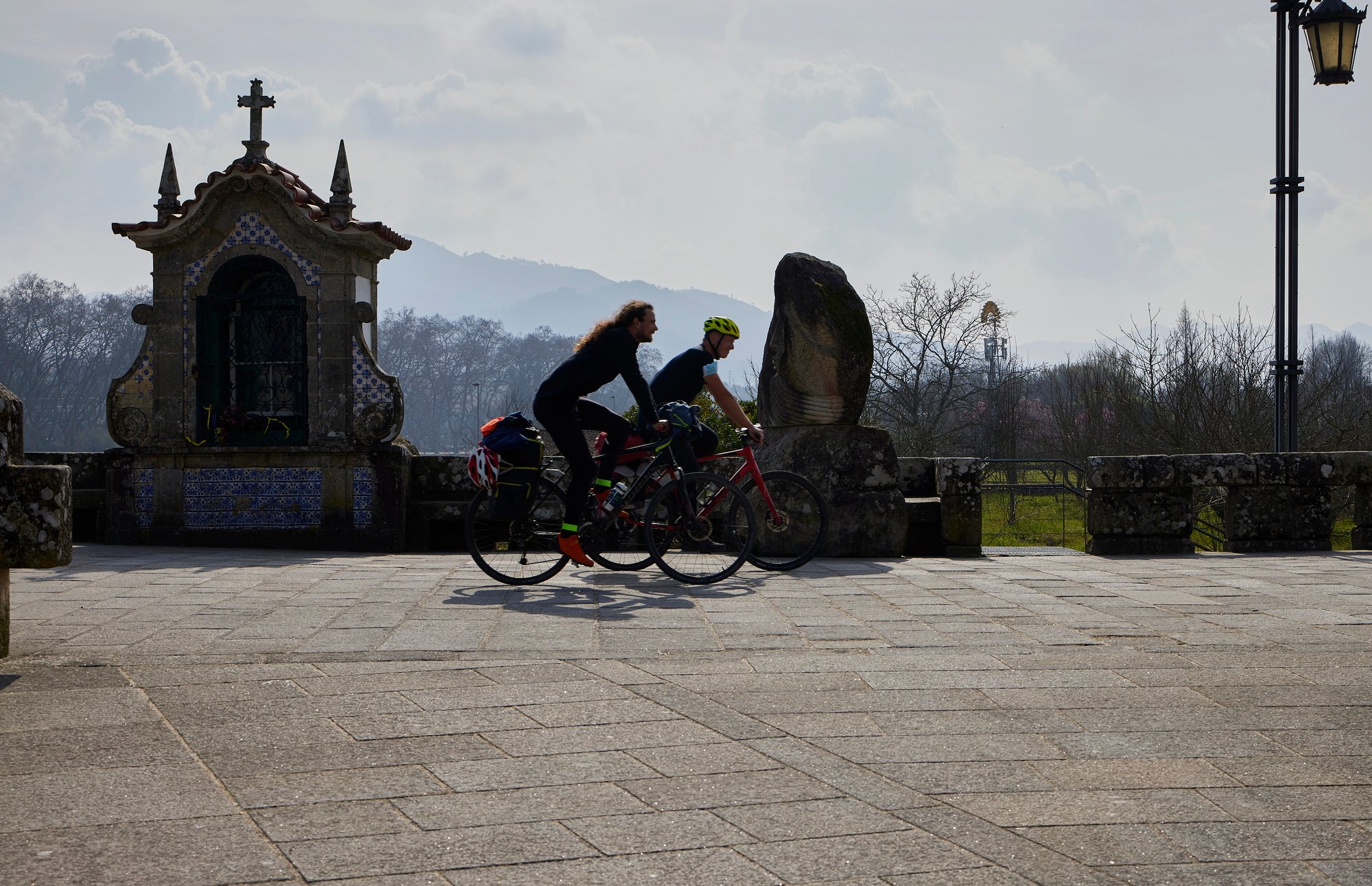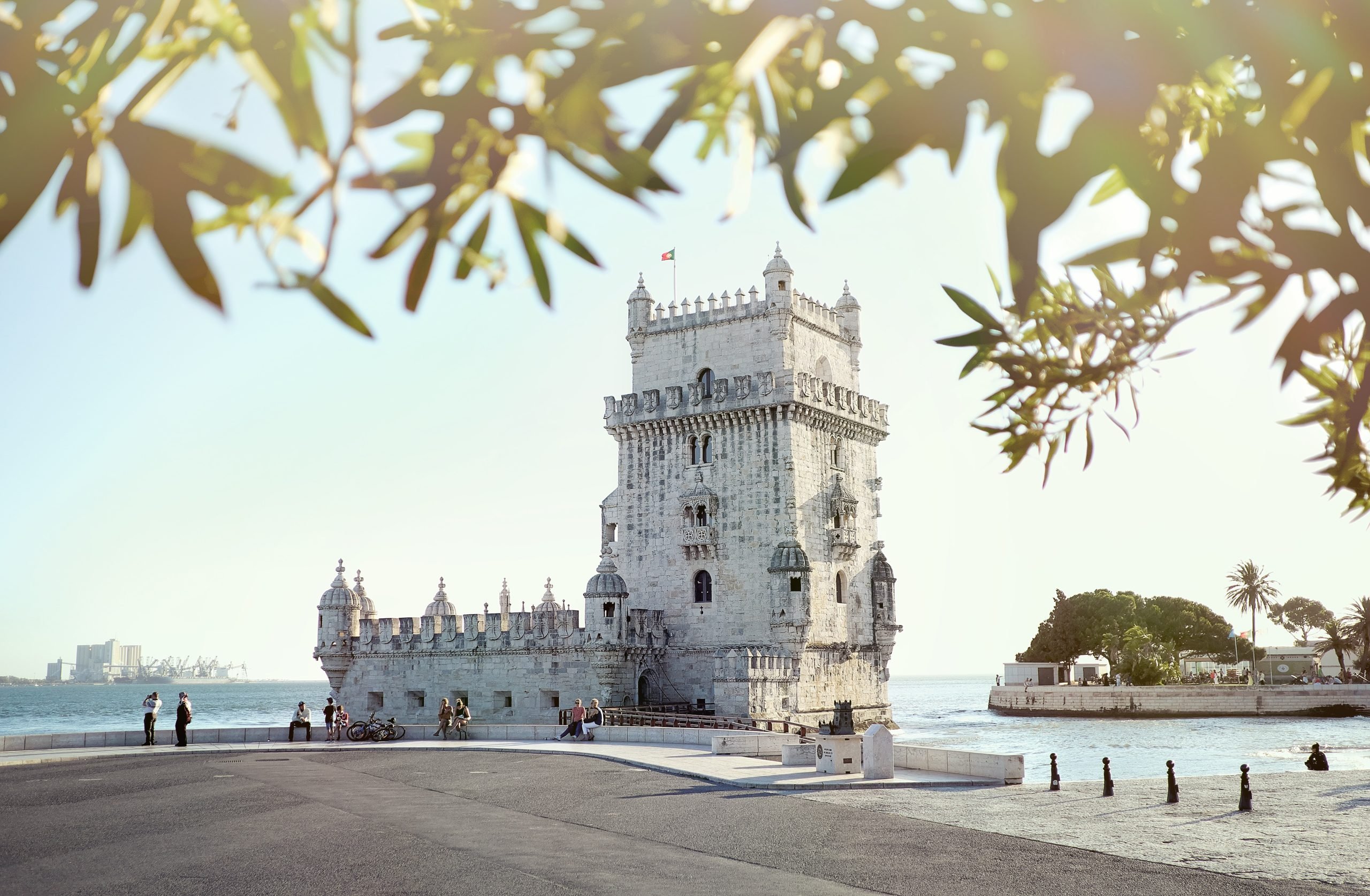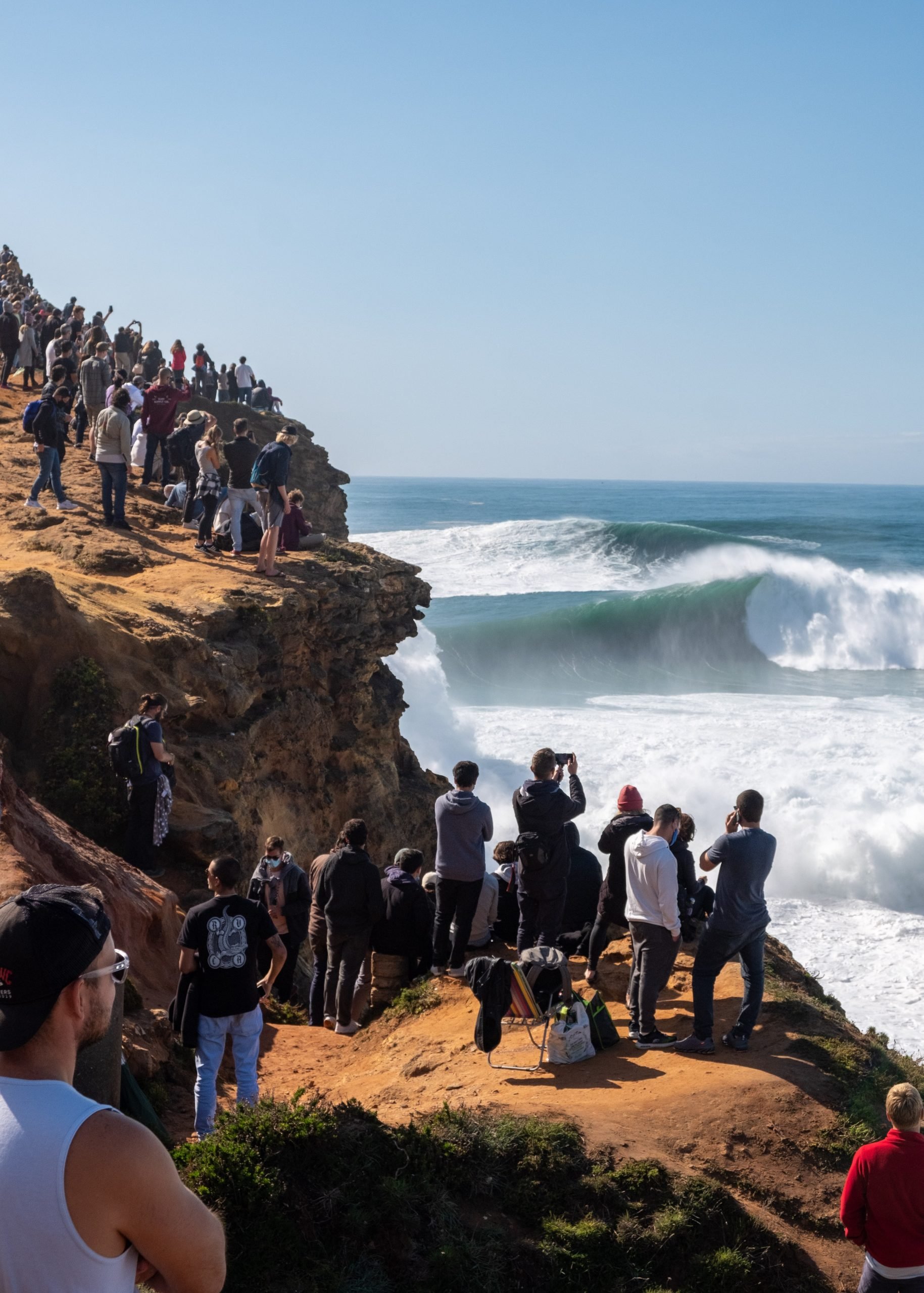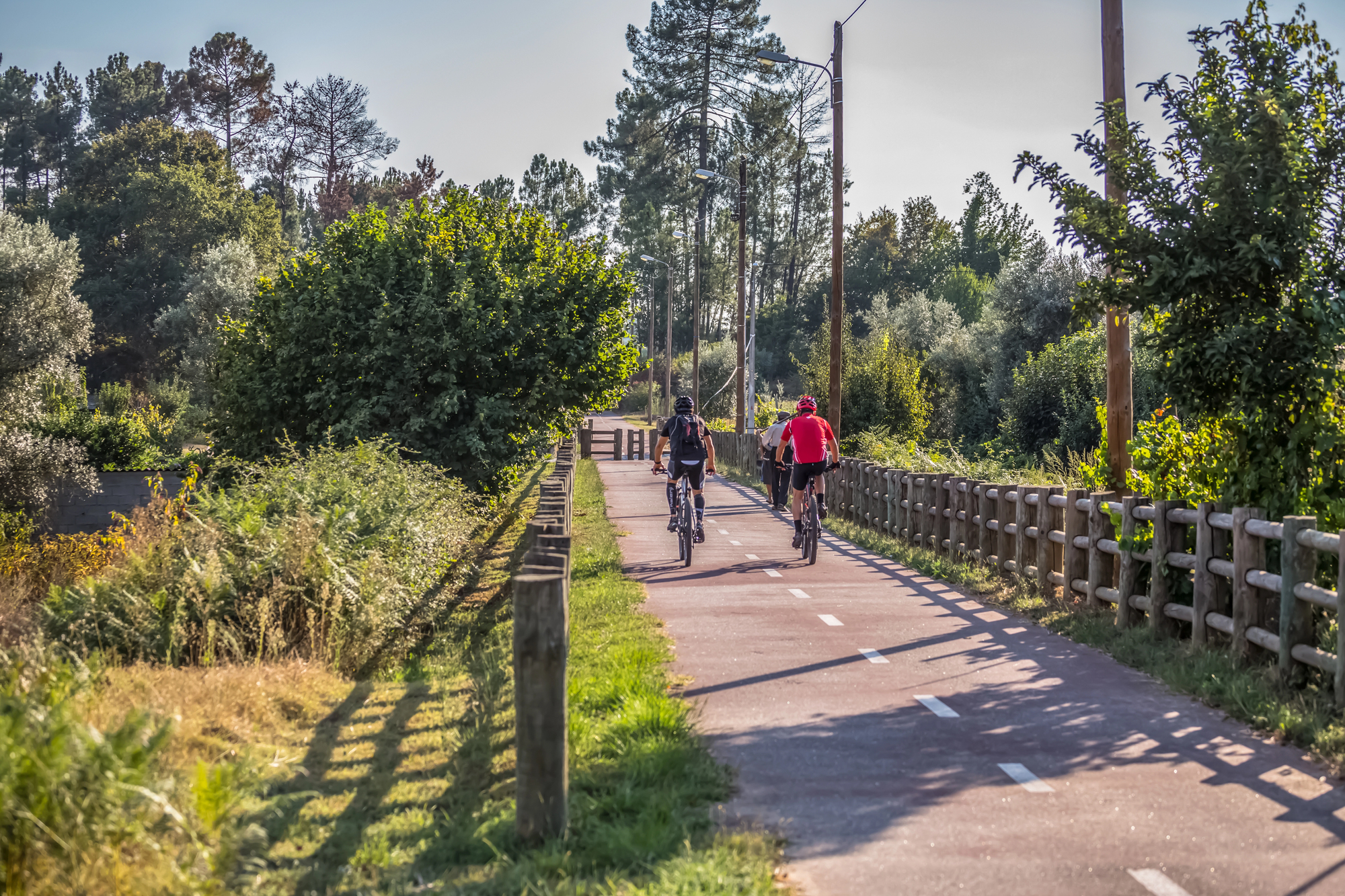1. Air Transport Grows 6% at the Start of the Year. Portuguese Airports Welcomed 4.2 Million Passengers in January
In January, Portuguese airports welcomed 4.2 million passengers, marking a 5.9% rise compared to the same period in 2024. France led as the primary country of origin and destination, followed by Spain and the UK. The average daily arrivals reached 65,600, a historic figure reflecting a 6.8% increase. Meanwhile, 81.1% of the arrivals were international, with Europe as the main origin (63.2%), and the American continent second.
Passenger traffic to European countries accounted for 66.4% of departures, growing 4.1%, while 10.3% of passengers headed to the Americas. Cargo and mail saw a slight decline of 0.5%, totaling 18.2 thousand tons. Note, however, that, despite these variations, air transport continued to grow, with Lisbon Airport handling 56.9% of total traffic, reflecting a 6.9% increase from last year.
In terms of specific airports, Porto followed Lisbon with 22.4% of passengers, while Funchal showed the highest growth, up 9.3%. France maintained dominance as both the main origin and destination, while Spain and the UK swapped positions in terms of origin and destination. It is important to consider that this growth indicates the continued importance of international connections, especially within Europe and the Americas.
Read more from our source here.
2. Political Earthquake, Government’s Collapse, and New Elections – What to Expect Before May 18
A political earthquake has shaken Portugal, leading to the collapse of the Government and the announcement of early legislative elections for May 18. The country faces a tense political environment, with parties divided over the causes of the crisis, which was sparked by suspicions surrounding the Prime Minister’s family business. The Portuguese President, Marcelo Rebelo de Sousa, emphasized the importance of a “clear, frontal, clarifying” election debate, calling for a peaceful transition similar to the one of 2024. Until the new elections, the interim Government operates with limited power, unable to make decisions with long-term impact.
As the political deadlock continues, the outcome of the May elections remains uncertain, with no party appearing to have a clear advantage. Political campaigns are expected to focus on leadership and ethics, as parties grapple with the future of the country, its democracy, and its economy. The Socialist Party, led by Pedro Nuno Santos, blames the Prime Minister for the crisis and urges the electorate to choose a “durable” Government, while PSD, the party that was in power, blames its Government’s success for the opposition’s actions that led to the crisis.
With less than two months between the rejection of the motion of confidence and the elections, Portugal enters a new electoral cycle with an uncertain path ahead. The Liberals, Left Bloc, and Chega also express concerns about the future, while calling for a focus on presenting solutions rather than blame. The key to the upcoming elections lies in resolving the crisis of governance, with parties facing the challenge of securing a stable and effective Government to address the pressing needs of the Portuguese people.
Read more from our source here.
3. Fitch Maintains Portugal’s Rating, Political Crisis Weighs on Decision
Fitch maintains Portugal’s A- rating, with a positive outlook despite the political crisis. The agency emphasized concerns over early elections, which could undermine Portugal’s fiscal position, hinder the Recovery and Resilience Plan (PRR), and delay critical projects. Despite these risks, Fitch’s decision reflects Portugal’s strong fiscal discipline and the anticipated resilience of its economy. However, instability from the political crisis might affect economic confidence, potentially slowing growth and investment.
Political volatility and external risks are key concerns, as Fitch highlighted the potential impact on the PRR’s execution and overall economic performance. The agency noted that challenges like trade tensions and geopolitical issues could harm exports, contributing to a less favorable external environment. Nevertheless, Fitch maintains a positive outlook, citing Portugal’s expected continued debt reduction and robust economic growth, with a projected acceleration of 2.3% this year.
Despite the political uncertainties, Fitch predicts that either PS or PSD will likely form the next government, maintaining prudent fiscal policies. Apart from that, Portugal’s budgetary performance remains stronger than most European peers, with moderate surpluses expected. Note that Fitch’s decision follows positive ratings from DBRS and S&P, with Moody’s next in line to assess the country’s creditworthiness in May.
Read more from our source here.
4. Óbidos Chocolate Festival Brings Revolutionary Spanish Chef Jordi Roca for a Masterclass
From March 21st to April 6th, the village of Óbidos will be filled with everything related to chocolate, such as a chocolate caravel, chocolate cocktails, and chocolate fossils. It may sound like a dream, but this will be the reality for the 22nd edition of the sweetest festival in Portugal. The festival promises to showcase how innovation and indulgence can go hand in hand, with over 90 national and international chefs and 85 tons of chocolate. The festival kicks off on March 21st with a variety of activities for all attendees.
A major highlight right at the start of the festival is a masterclass by Spanish chef Jordi Roca, from the revolutionary El Celler de Can Roca restaurant in Girona. With three Michelin stars and one green star, Roca will be in Óbidos to present his innovative immersive perfume line inspired by his confections, and he will also speak about his work. However, Roca will not be the only chef to attend.
In addition to famous chefs, the International Chocolate Festival will feature 80 hours of showcooking, chocolate fossils for children, and 7 competitions, including “Best Chocolate Product 2025” and “Best Chocolate Cocktail 2025.” There will also be a Molecular Laboratory, where families can participate in a workshop to learn new techniques for chocolate-making. Additionally, the festival will also feature a chocolate market and a chocolate sculpture laboratory that will showcase figures from science, such as Albert Einstein and Leonardo da Vinci’s Vitruvian Man.
Where? Óbidos (near the castle). When? From Mar 21 to Apr 6, Friday to Sunday, from 11am to 9pm. How much? Between 6 and 45 euros.
Read more from our source here.
5. TAP Marks 80 Years with Promise to Maintain Portuguese Identity and Focus on Brazil
TAP, the Portuguese airline founded on March 14, 1945, celebrated its 80th anniversary with a ceremony at the BTL (Better Tourism Lisbon) tourism fair in Lisbon. Despite its ongoing privatization process, TAP is committed to maintaining its Portuguese identity, as emphasized by Mário Chaves, the chief operating officer. “TAP is Portugal,” he stated, adding that its iconic brand, colors, and essence remain intrinsically linked to the nation. Although the company’s focus on Brazil continues, TAP is exploring new markets, particularly in the United States, where recent investments are already bearing fruit.
Note that the airline is currently undergoing a restructuring process amidst the challenges of operating in an overcrowded airport, limiting its expansion options. Mário Chaves assured that TAP is exploring alternative growth avenues, remaining adaptive as it has for 80 years. TAP’s expansion includes new routes such as Porto-Boston, and the company is evaluating further markets for more flights. Despite facing obstacles, TAP’s commitment to growth and its distinctive role in the national economy remain unquestionable.
In addition to celebrating its anniversary, TAP launched a new “Tier for Life” status in its Miles & Go program, rewarding long-time customers with lifetime benefits. A commemorative book, “Voar É Preciso”, showcasing TAP’s 80-year history, was also presented. The airline, with its notable action on the economy and global presence, continues to focus on delivering excellence. The message is that, while TAP navigates these transitions, it is clear that it will adapt, maintaining its essential link to Portugal while, at the same time, seeking new possibilities.
Read more from our source here.
6. Conditions Seem to Be in Place to Establish AI Factories in the Country
Portugal is positioned as a critical data corridor between Europe and the South Atlantic, with the country’s growing connectivity and renewable energy paving the way for it to become more than just a transit point. Equinix’s Carlos Paulino sees this as the “moment of opportunity” for establishing data centers tailored to the AI era. But, despite Portugal’s strategic location and advancements in infrastructure, it still lags behind countries like Spain, which moved faster in attracting such investments. However, with evolving trends in data storage and renewable energy, Portugal has the conditions to establish digital factories – processing and retaining data locally.
Equinix’s Lisbon data center is nearing full capacity, and with a second facility almost completed, the company is doubling down on its commitment to Portugal’s digital future. The country’s potential, combined with ongoing developments like the energy partnership with Sonnedix, makes it an attractive destination for high-density power projects required by emerging AI demands. As Paulino notes, the challenge remains in the unpredictability of licensing, something that could hinder further investments. Still, Portugal’s remarkable geographical coverage and connectivity make it a significant player for future growth in the digital and AI landscape.
Although, despite the progress, licensing and regulatory challenges persist, as municipalities still struggle to grasp the complexity of data center operations. Nevertheless, Paulino expresses confidence in Portugal’s future, believing that with continued efforts and clearer regulations, the country can become a hub for AI, quantum computing, and other disruptive technologies. While Spain currently outpaces Portugal, the landscape is shifting, and new competitors only highlight the growing vitality of the market, positioning Portugal for a bright and innovative future.
Read more from our source here.
7. Portugal and Spain Together Form the World’s Largest Tourism Platform
Portugal and Spain, together, form the largest tourism platform in the world, with Portugal welcoming 30 million tourists in 2024 and Spain 94 million. Anabela Freitas from Turismo Centro de Portugal, speaking at the BTL Tourism Fair, stressed the importance of cross-border cooperation between Centro, Alentejo, and Extremadura. “We must work together to position ourselves as the largest tourism platform,” she affirmed, emphasizing the strategic collaboration between these regions to enhance their visibility on the global tourism map.
Jesus Vinuales from Extremadura highlighted the region’s partnership with Portugal, calling it “the differentiating factor” for tourism in the Spanish region. He pointed out that this cooperation allows travelers to explore two countries in one trip, reversing the historical divide between them. José Santos from Turismo do Alentejo added that this partnership is a “unique opportunity” to transform regional potential into a commercial asset, boosting competitiveness, especially during low-demand seasons. He stressed that the regions’ shared cultural and territorial continuity is a powerful advantage.
Plans for 2025 include a series of promotional actions in Madrid and Lisbon, targeting media and the general public, with an additional business meeting set for November in Elvas. Note that these initiatives will promote natural spaces like national parks, biosphere reserves, geoparks, lakes, and cultural landmarks such as UNESCO World Heritage sites, historic villages, and castles. The partnership also focuses on gastronomy and wines, giving travelers the opportunity to immerse themselves in two rich cultures while exploring diverse landscapes in a single destination.
Read more from our source here.
8. Autoeuropa to Manufacture New Low-Cost Electric Car
Autoeuropa has been selected by Volkswagen to manufacture the ID.Every1, an electric vehicle priced at approximately 20,000 euros (for the German market). This decision marks a historic moment for Portugal, as the production guarantees the future of the Setúbal unit and its integration into the European green reindustrialization. The new model, aimed at the European market, was chosen after competition between Autoeuropa and factories in Poland and the Czech Republic. Note that, with this move, Volkswagen signals its commitment to electrification and sustainable mobility in Europe.
The ID.Every1 production aligns with Volkswagen’s ambitious goal of launching nine new models by 2027, including four electric vehicles built on the MEB platform. The Portuguese Minister of Economy, Pedro Reis, highlights the importance of this project, which will boost the Portuguese economy and ensure long-term benefits for the national supply chain. This investment enhances Portugal’s role in shaping the future of electric mobility, reinforcing the country’s strategic position within the European automotive sector.
It is important to consider that Autoeuropa’s success in securing this project is linked to Portugal’s advantageous location, particularly in relation to PowerCo’s battery factory in Sagunt, Spain. The decision to produce the ID.Every1 in Portugal was further reinforced by the availability of competitive production costs in the Iberian Peninsula, compared to other European options. As the European automotive sector moves toward greener solutions, Autoeuropa’s new role will catalyze Portugal’s growing influence in the electric vehicle market, contributing significantly to the region’s green industrial transformation.
Read more from our source here.
9. Seventeen of Lisbon’s Twenty-Four Parishes Have Illegal Immigration Networks Operating
The Lisbon Investigation and Criminal Prosecution Department (DIAP) is investigating more than 40 cases involving fraudulent residence certificates, with 17 of Lisbon’s 24 parishes identifying illegal immigration networks. These networks facilitated the issuance of fake addresses and false testimonies. The main operation, centered in Penha de França, was a network led by Hindustani figures that aided immigrants in obtaining essential documents for legalizing their status in Portugal. Note that these schemes involve thousands of immigrants registered at fraudulent addresses.
Sofia Oliveira Dias, the Penha de França parish president, uncovered the operation after noticing a high volume of Bangladeshi citizens requesting certificates for the same address. The Judicial Police discovered that two apartments in one street had a total of 4,349 “residents,” paid for using real residents’ addresses in exchange for 50 to 70 euros, and witnesses received 10 to 20 euros per fraudulent testimony. This scheme spanned over 71% of Lisbon’s parishes, including Penha de França, Arroios, Beato, and Marvila, with more cases suspected in various other areas.
In response to the rising number of cases, Lisbon’s parishes tightened their regulations on issuing residence certificates. A new alarm system was introduced to flag suspicious requests, and in-person testimonies and the prohibition of copying forms have become standard procedures to prevent fraud. However, this does not seem to be enough and the investigation continues as authorities address the illegal immigration networks operating in the city.
Read more from our source here.
10. The Marvila Bakehouse Wants to Bring More People to “Brunch” in Marvila
The Marvila Bakehouse, opened in April 2024 at 8 Marvila, offers slow-fermented bread and a variety of pastries, such as croissants, basque tarts, and cakes. The café, with a spacious kitchen and large terrace, produces not only for itself but also for two other restaurants – Dear Breakfast and Taqueria Paloma. Julien Garrec, the French entrepreneur behind these businesses, highlights the perfect location in Marvila for both production and serving customers, aiming to provide fresh, high-quality ingredients sourced through partnerships like Equal Food, an organization that collects and sells imperfect products from local producers at a discount rate of up to 40%.
At The Marvila Bakehouse, the menu centers around sandwiches, focaccia, bagels, and signature items like French toast with banana and chocolate or pancakes with pistachio. The brunch and breakfast offerings include a set menu, featuring options such as scrambled eggs with avocado, bacon, and tomato pulp, or French toast. Accompanied by sides like chips or salad, these dishes combine rich flavors and a cozy atmosphere, further enhanced by the café’s partnership with local suppliers like Flor da Selva for coffee.
Note that the café also welcomes pop-ups every month, inviting new culinary experiences from local restaurants and brands. This dynamic model aims to bring more people to Marvila, creating a destination that encourages community, creativity, and a shared appreciation for good food. The goal is to transform the area into a lively hub with easy parking and a vibrant weekend crowd, welcoming both residents and visitors alike.
Read more from our source here.
